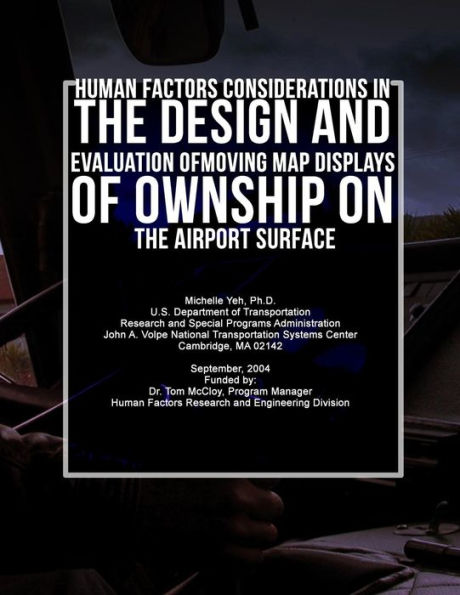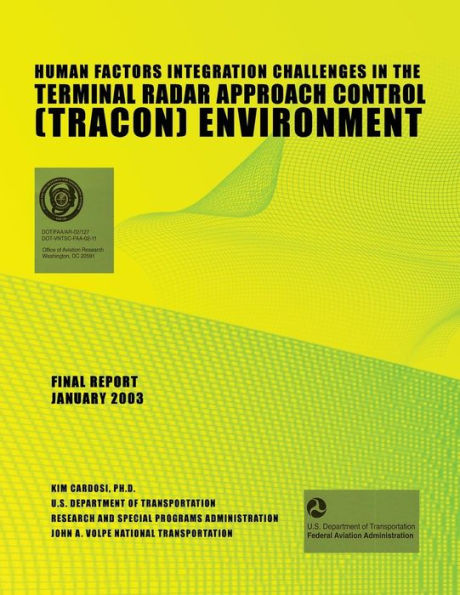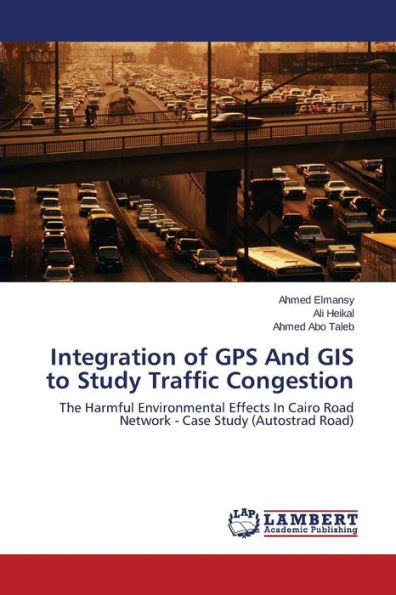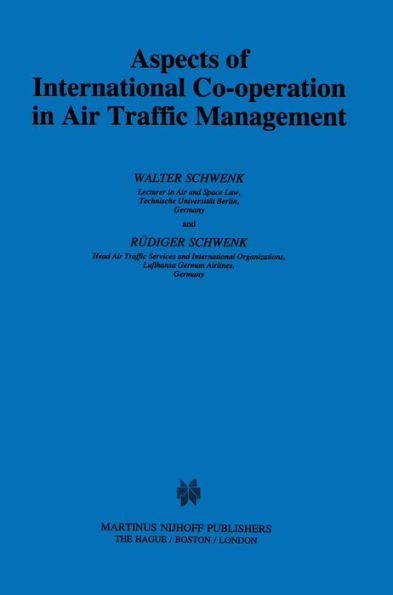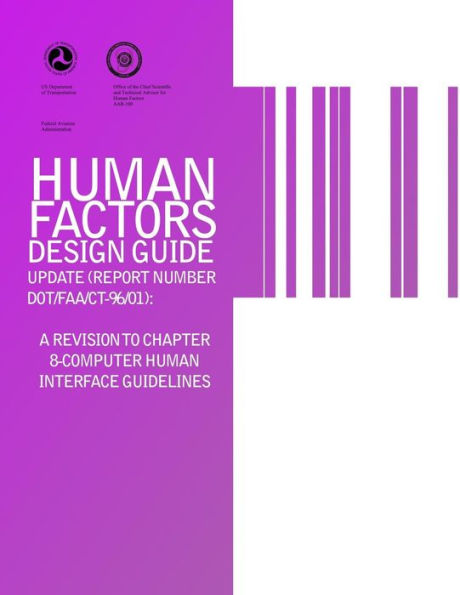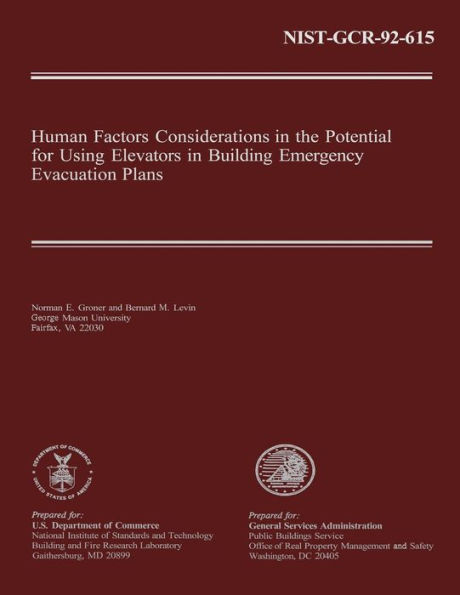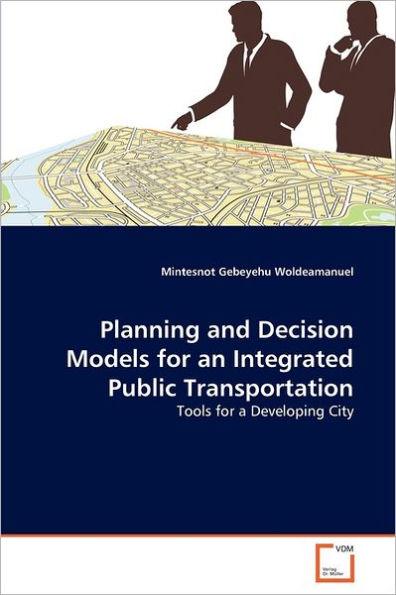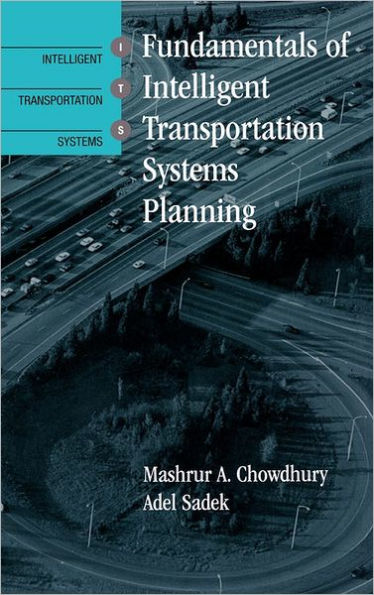Home
Human Factors Considerations for the Integration of Traffic Information and Alerts on an Airport Surface Map


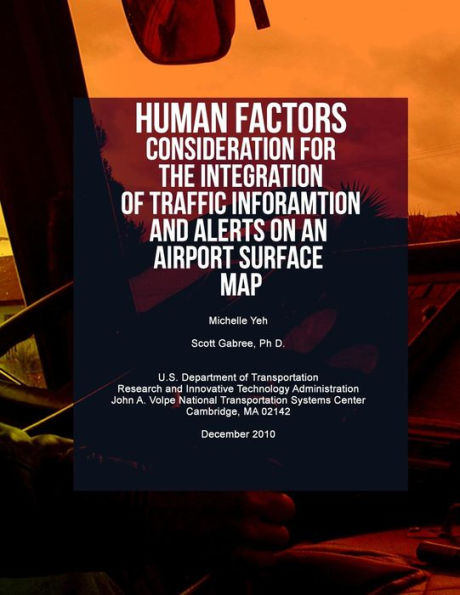
Human Factors Considerations for the Integration of Traffic Information and Alerts on an Airport Surface Map
Current price: $16.49
Loading Inventory...
Size: OS
The purpose of this document is to provide human factors considerations in the integration of traffic information and indications and alerts for runway status on an airport surface moving map. The US DOT Volpe Center, in support of the Federal Aviation Administration (FAA) Office of Aircraft Certification, gathered information in two ways. First, we conducted observations during demonstrations of ADS-B surface conflict detection algorithms sponsored by the FAA Surveillance & Broadcast Services Office. Second, we visited Embry-Riddle Aeronautical University (ERAU) in Daytona Beach, Florida, to understand the impact of a surface moving map with ADS-B in the general aviation operating environment.
The results of this effort provide a preliminary glimpse into potential human factors concerns with the use of a surface moving map, traffic function, and the presentation of surface indications and alerts. The findings are organized into seven categories: use of color, indications/alerts, symbols, information prioritization, airport database, air-ground integration, and other. For each category, a description of the human factors concern, examples, and recommendations for addressing the concern are provided. The information is intended to support the development of minimum operational performance standards for surface conflict detection and alerting. Additional research will be needed to empirically determine appropriate design solutions.
